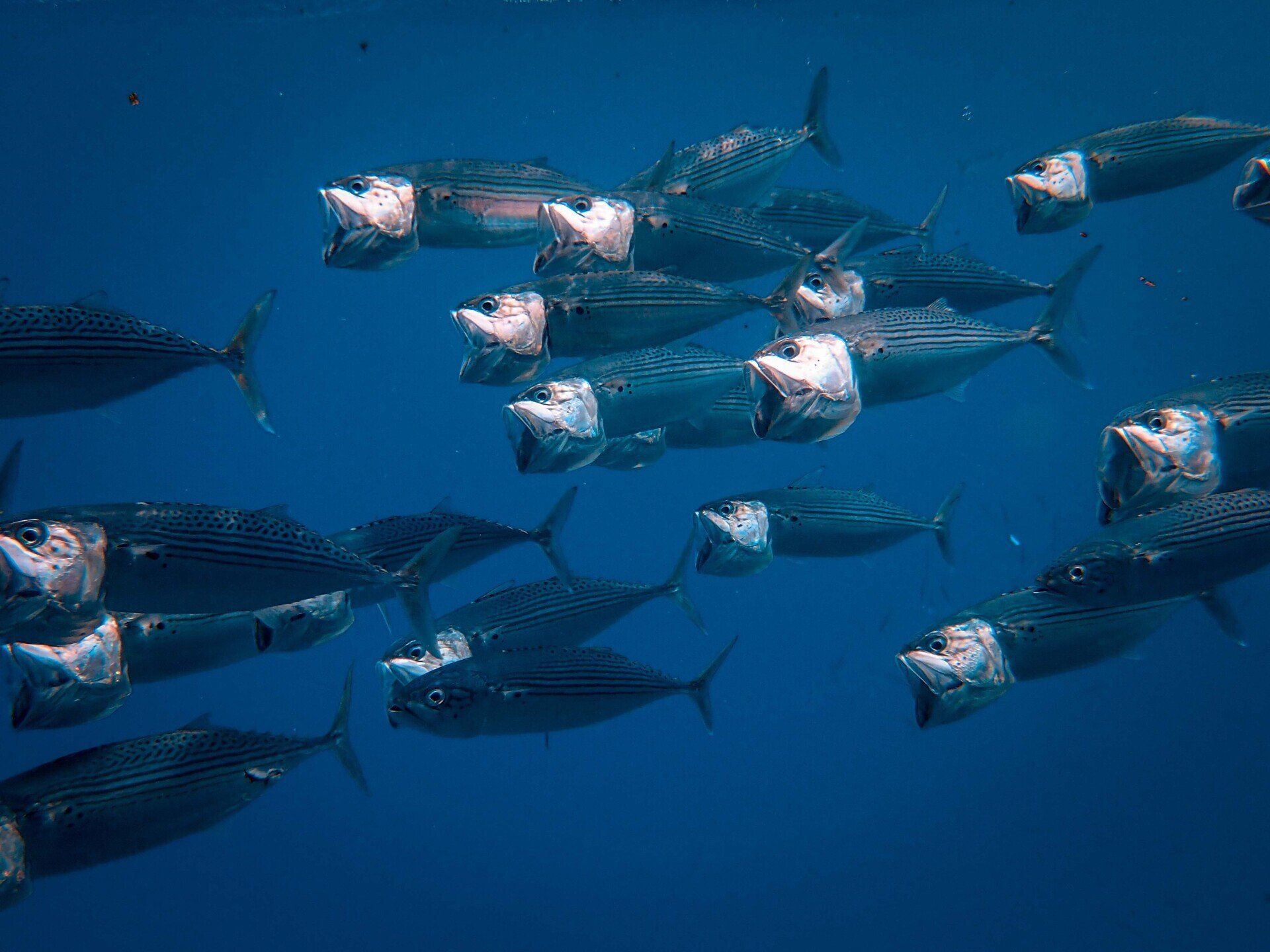302.645.TUNA
fishermanswharflewes@gmail.com
FISH ID & GUIDE
Fisherman's Wharf on the historic Lewes Canal is minutes to the Delaware Bay, close to the Atlantic Ocean and nearby some of the most active sport fishing grounds on the Eastern Seaboard. From bottom-feeding flounder and feisty-fighting blue fish and from shark to tuna, a day of thrills, fun adventure & memories is all just a boat ride away. Here we'll take a look at some of the most popular fish we catch, but rust us when we say, there's lots more.
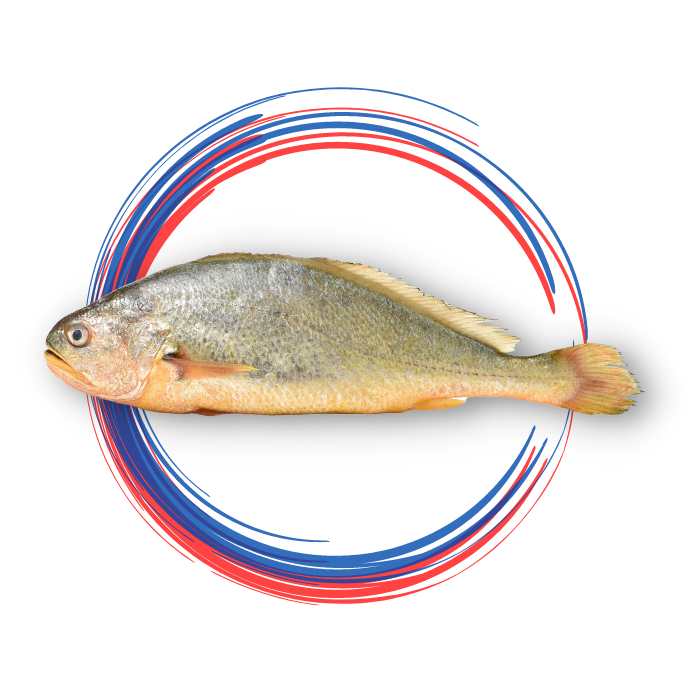
Croaker
Atlantic Croaker, aka, Hardheads, (Pinheads for the small ones), are a type of marine ray-finned fish and a member of the Drum family. They get their name from the loud "croaking" sound they make, which is louder than any other drum-family fish. Bottom feeders, they can reach sizes of almost two feet and are delicious to eat, offering a combination of briny and sweet flavor. The skin is edible too, but be aware that they are delicate, bony fish, so pay attention when you're eating them. And be ready to get messy.
Average Size & Weight: 12 inches; 1-1.5lbs.
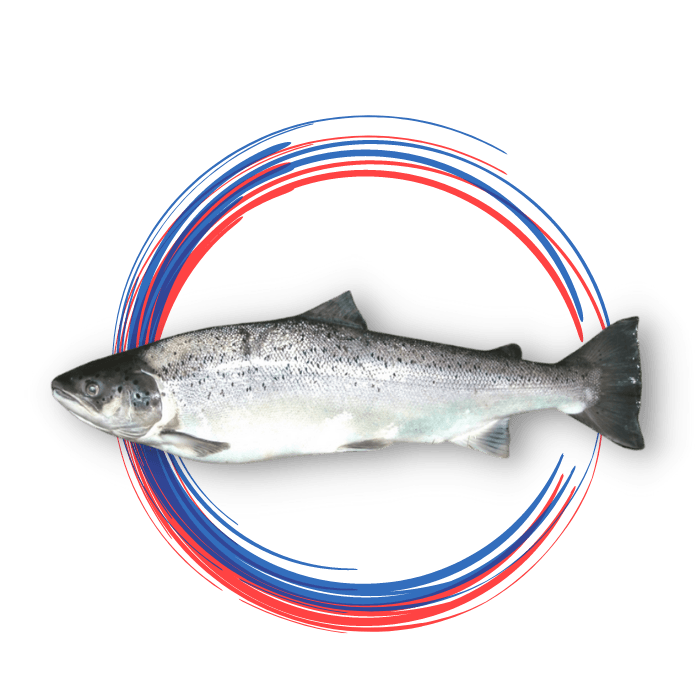
Sea Trout
Sea Trout are torpedo-shaped with a silver-gray topside that fades into a silver underbelly with dark spots running the length of its body, which is one reason it is also called a speckled trout. It's dorsal fins and tail are a pale, yellow-green. These fish can be caught all year long but are especially common in the summer months, so now is a great time to fish for them. Keeper fish must be at least 12 inches long but can reach lengths of 50 inches and average about half that length. Their flavor has been compared to that of a mild salmon, so if you're a fan of that flavor, see trout are a great way to get it in local waters.
Average Size & Weight: 19 inches & (male), 25 inches (female); 2-3lbs. (both)
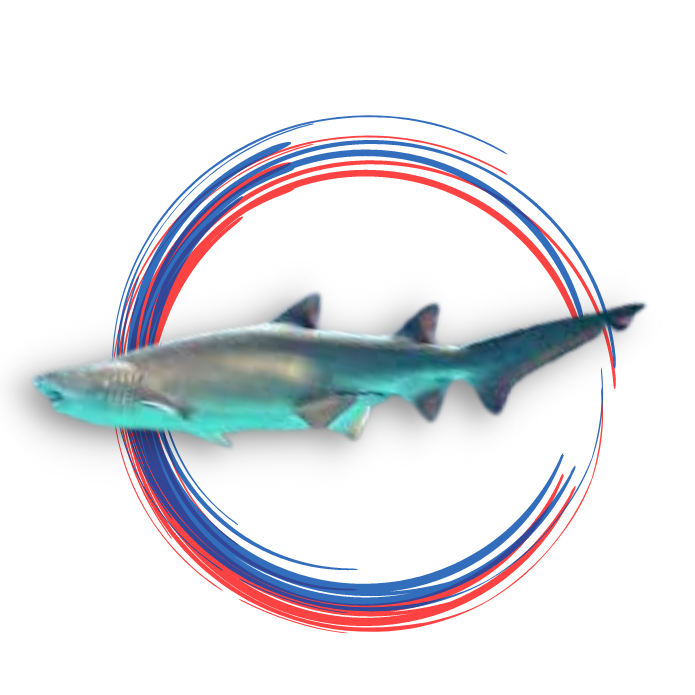
Sand Shark
Sand Sharks are so named because of their tendency to migrate near sandy shoals and shoreline habitats. They can found swimming on the ocean floor and in the surf zone, which can be alarming for surfers and beachgoers. Though not known to attack humans, their rows of razor-sharp teeth and piercing stare gives them a fearsome look; the fact that they can grow to be 10ft and weigh more than 400lbs only adds to their menacing look. The can be identified by their brown upper bodies, second large dorsal fin and again, those ferocious looking teeth. Their flavor has been described by some as a cross between lobster an swordfish. While that sounds good, it should be noted that proper landing and cleaning techniques are paramount to a good tasting shark. The meat does not keep well for long periods either, so eating eat fast and fresh is best.
Average Size & Weight: 6-10 feet; 200-440lbs.
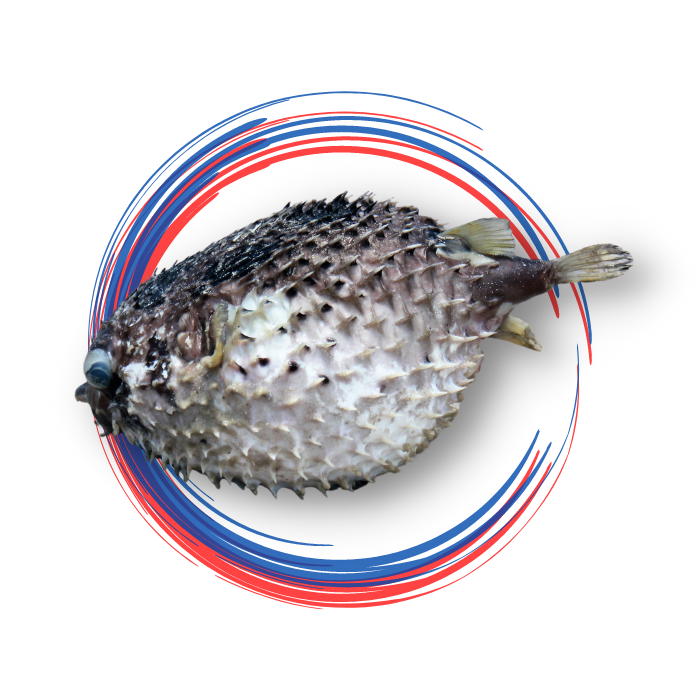
Puffer Fish
Puffer fish are unique for two reasons. First, they "blow up" to double their normal size when threatened. This makes for a very interesting, and sometimes funny-looking fish. Second, they are poisonous to eat, which as you might expect, makes them a turn-off for some people but a delicacy for others. Go figure. These fish have a yellow, brown or olive colored body peppered with small prickles and a yellow or white belly. Though some species of this fish caught in local waters are not poisonous, it's always best to be sure. If you decide to give eating them a go, make sure you follow every precaution during preparation and serving.
Average Size & Weight: up to 14 inches; 1.5lbs.
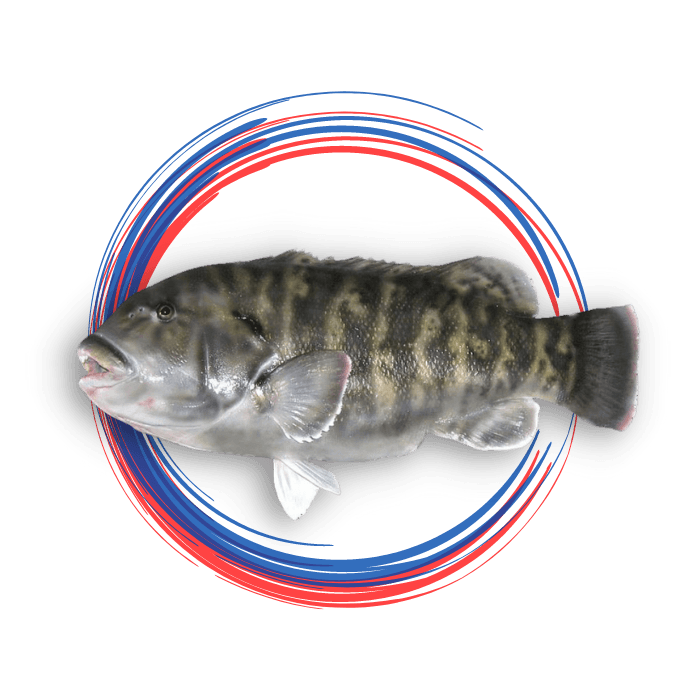
Tautog
Tautog have stout, round bodies with varying colors from brown to grayish or black and irregular bars or blotches on the sides of its body. Their thick lips, strong teeth and powerful jaws make them especially good as feasting on their favorite foods: mussels and clams. They can often be found near rocks, jetties, man-made reefs, wrecks, bridges, pilings and other in shore areas. The Delaware limit for Tautog is a minimum of 14 inches and 4 per day, per angler. Though often thought of as an "ugly" fish, its meat is sweet, delicate and mild and, unlike other pelagic fish, not oily.
Average Size & Weight: 13-20 inches; 2-6lbs.
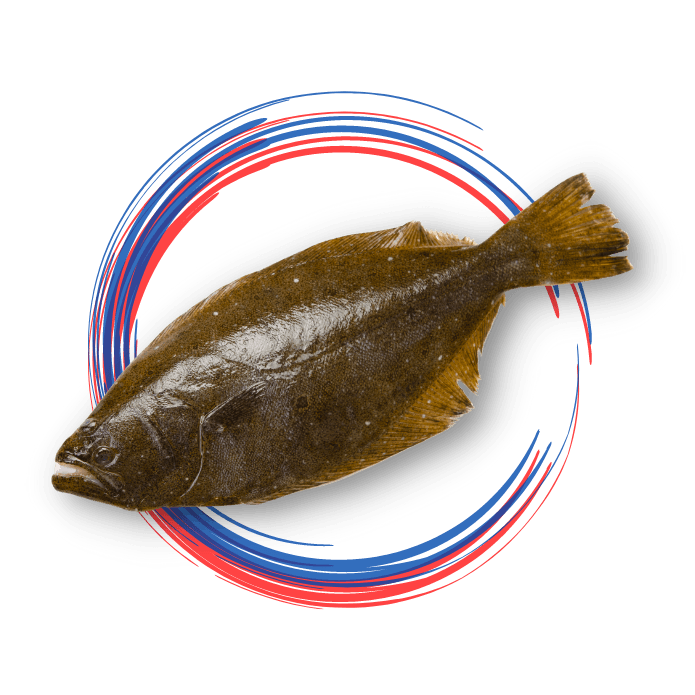
Flounder
Summer flounder have two eyes on the left side of their head whereas yellowtail, winter, and witch flounder have eyes on the right side. Their bodies are covered in brown splotches to help them blend in with the bottom, a necessary camouflage as these fish are famous bottom feeders. Interestingly. all flounder are born with their eyes on both sides of their head with one eye migrating to the topside of the fish as it matures. Flounder and Halibut are closely related, in fact, all flounder are halibut but not all halibut are flounder. No matter, both are delicious and prized for their their mild taste, flaky texture and slight sweetness. Halibut are a bit meatier but taste similar. Each angler is allowed up to 4, 16.5 inch flounder per day.
Average Size & Weight: 14-20 inches; 1-3.5lbs.
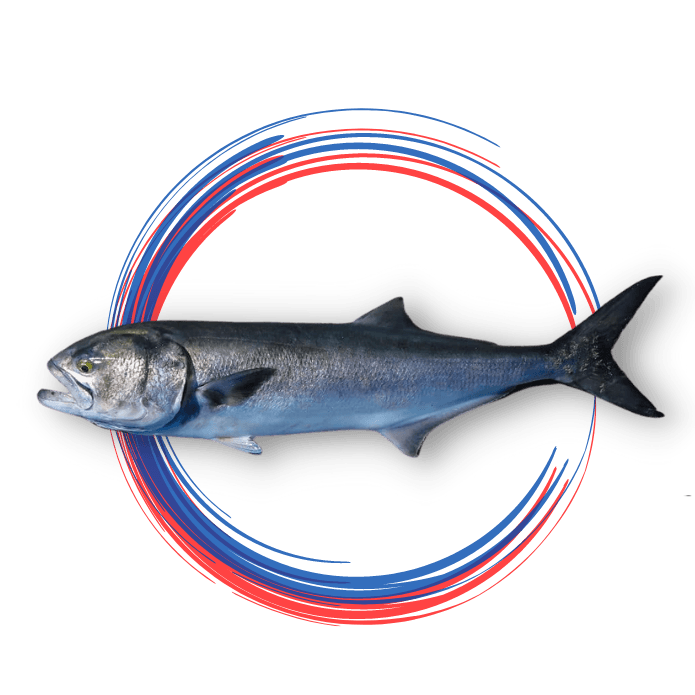
Bluefish
Bluefish are appropriately named for their greenish-blue color topsides, silvery sides and white bottom. While this might sound like a lot of colors for the one name, the blue of the fish is striking. They have a pointed head, large mouth and many sharp teeth. There is no size limit for bluefish but there is a per day limit of 3, unless you re on a charter boat which then brings the limit per angler to 5 daily. You're welcome. Though popular to eat, they are among the oiliest, fishiest tasting, well, fish, you will taste, but handling and preparation maximize all its best flavor profiles.
Average Size & Weight: 12-20 inches; 3lbs.

Sea Bass
Black Sea Bass are stout-bodies fish, bluish black in color and have light spots that form longitudinal stripes along its bodysides. They have rounded tail that sometimes has a long streamer trailing out from the top edge. Daily take limits for these fish is a minimum 12.5 inches long and up to 15 per angler. It's flavor profile is characterized by firm and flaky meat with a mild and sweet flavor
Average Size & Weight: 8-10 inches; 1.5-3lbs.
SPORT &
BIG GAME FISH
If you're serious about catching tuna, shark or marlin, it's best to book a private charter because going after these fish successfully means being prepared for them. From heading out further offshore to using specialized equipment, baiting and tracking techniques; these fish fight hard and are fun to land. Ready to go?!
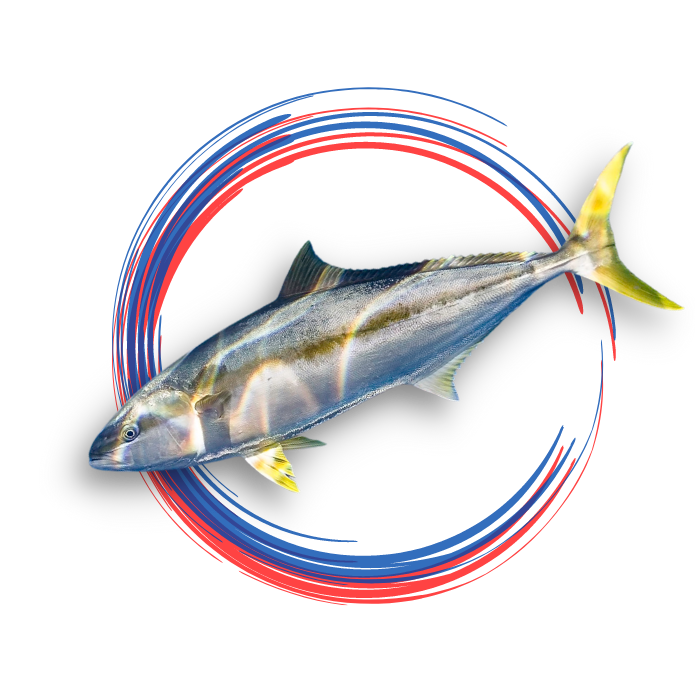
Tuna
Skipjack, Bluefin & Yellowfin. These are all tuna that can be caught right here in the Delaware Bay and, of course, in our neighboring Atlantic Ocean. Weighing approximately 40lbs (for Skipjack) to more than 400lbs for Blue & Yellowfin, tuna are among the best fighting fish you'll encounter, so get ready for a real workout if you're serious about hauling one of these beauties into the boat. Once you do land one, it's great to practice catch and release, or if you've got a taste for something special, you can enjoy some of the most delicious fish of your life. While some people prefer the flavor of Bluefin to Yellow to Skipjack, each one has a unique taste that's made even better when prepared with the specific fish's flavor profile
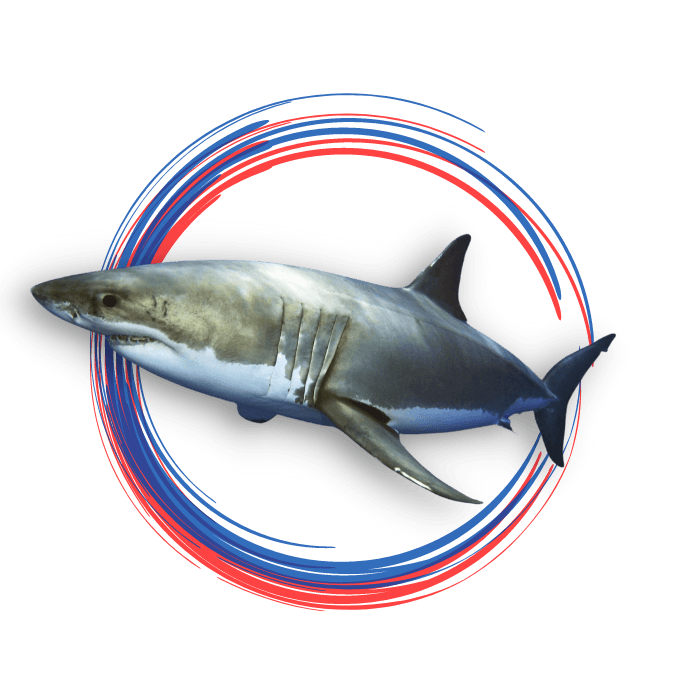
Shark
Sharks are some of the most fascinating, mysterious and misunderstood fish in the ocean. Depending on the species, they can also be among the most rewarding to fish for and land. Common hammerheads, Atlantic Makos, Sand Sharks, Smooth & Spiny Dogfish and Sandbar are the most commonly found in the Delaware Bay, but our proximity to the Atlantic opens us up to many other kinds including Thresher, Bull and even Great Whites. Because of this, shark fishing can provide thrills like few other fishing trips can simply because you don't know what might bite your line. And because of this incredible variety, you might find yourself reeling against a shark that's 20lbs to one that is 2000lbs. As with all sport fishing, we support catch and release, however, if local laws allow, some shark, like Mako, offer form, delicious, steak-like meat and make for a great dinner.
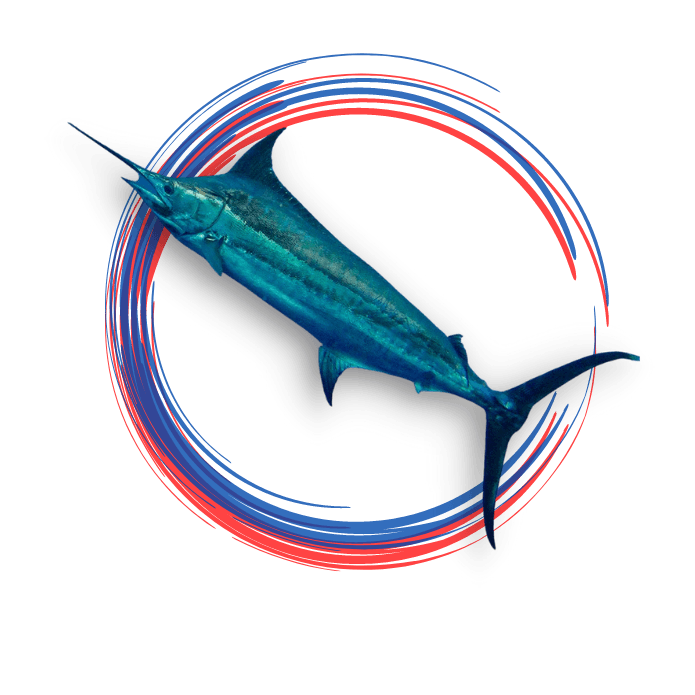
Marlin
The Blue Marlin is Delaware's largest billfish and ready to give you the fight of your life when you're trying to get it to the boat. Highly migratory, they are not super common in the Delaware Bay, but can be readily found in the ocean. These beautiful, cobalt blue fish, tend to b near-surface hunters and since one of their preferred prey is tuna, there's a good chance that if the tuna are running, the marlin are running after them. While there is no limit to the amount of marlin a single angler can catch, any marlin that is to be retained, must be a minimum of 99 inches long. Speaking of their size, male Blue Marlins can weigh up to 300lbs, but the females can eclipse 1 ton. With a flavor profile that falls somewhere between tuna and swordfish, you can be sure that if you choose to make a meal of your marlin, it'll be good eating. By the way: the local record for a blue marlin is 860lbs...think you'll be the one to beat it?
BOOK A DAILY FISHING TRIP
Searching Availability...
Searching Availability...


